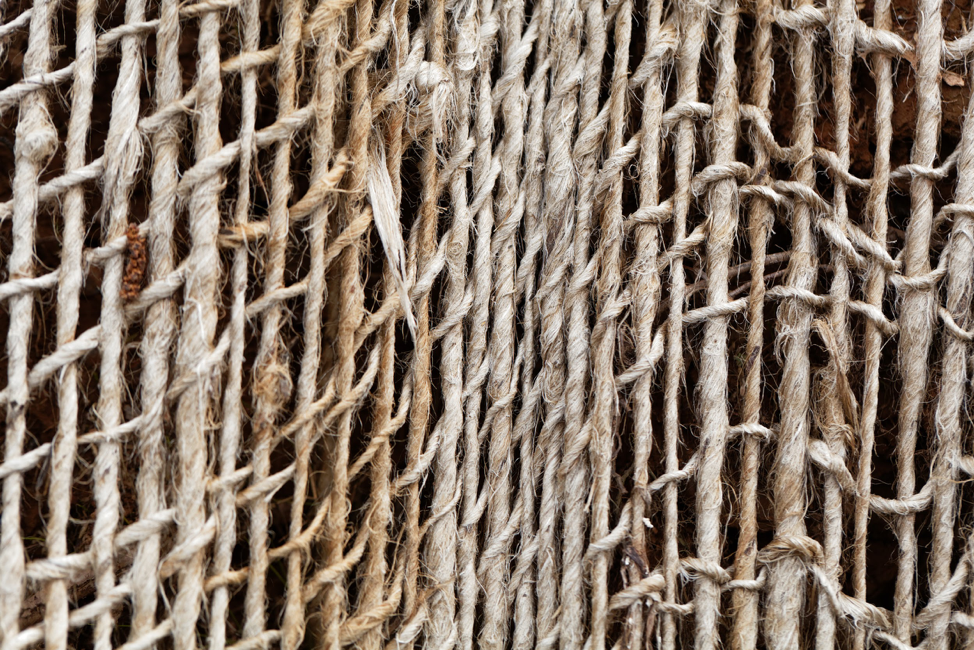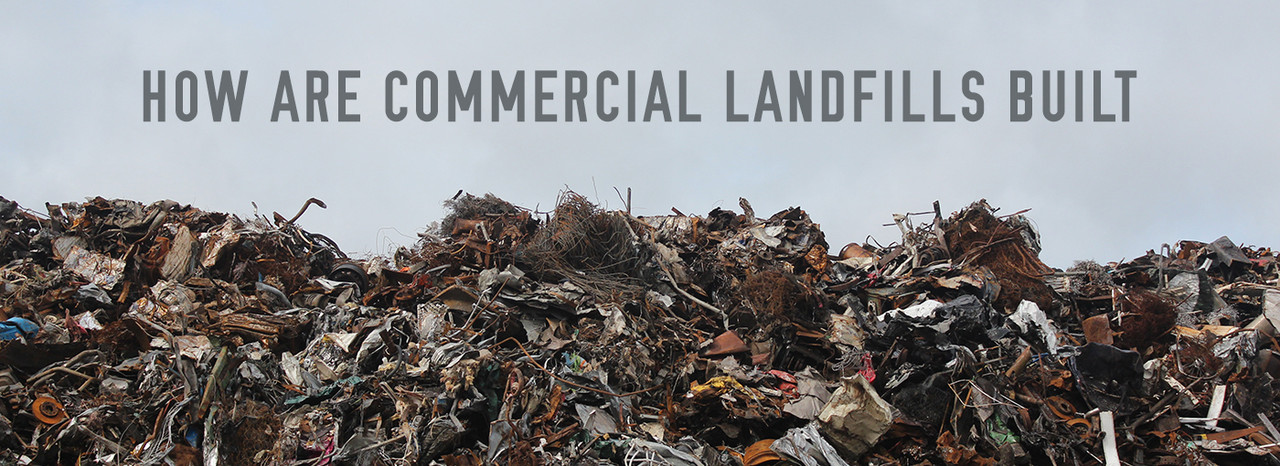Currently, Americans produce about seven pounds of trash per person every single day. While about athird of all of the garbage we produce is recycled, more than half is eventually placed in one of the nearly 2,000 landfills around the country. Most of us give little thought to what happens to the trash we produce after we leave it at the curb, but trash collection is just the beginning of the waste management process.
Over the last century, much has changed about the way we manage our trash. For about 50 years starting in the 1920s, landfills in the United States existed with few safeguards in place to protect the outside environment. As a result, the liquid remnants of this trash, commonly known as “leachate,” would often seep through the underlying soils and into the groundwater systems below, and potent greenhouse gases created as part of the decomposition process were released into the atmosphere. These crude practices lasted well into the 1970s, until Congress finally passed the Resource Conservation and Recovery Act in 1976.
This groundbreaking legislation required operators to properly line the bottoms of landfills, and mandated the use of systems to capture leachate and vent methane gas. Whereas the landfills of the previous century were little more than vast, artificial canyons brimming with refuse, today’s landfills are sophisticated, highly engineered projects designed to store waste safely, efficiently, and discreetly.
The Modern Landfill
Before any trash can be deposited in a present day landfill, a composite liner system must be set in place at the bottom. Just above the native soils, the liner system begins with a uniform layer of compacted clay. Above this layer of clay sits a thick layer of impermeable plastic — usually high-density polyethylene ( HDPE) — known as a geomembrane. The purpose of this layer is to seal the landfill, to prevent materials from escaping into the outside environment. Above this layer is arguably one of the most important components of the landfill: the leachate collection system.
Controlling the Flow

Just above the liner, a “geonet” made of sand, gravel, and sometimes even plastic, filters solid matter out of the leachate as it seeps downward through the landfill, so that it can be collected by a network of pipes. In some cases, an additional filter made of geotextile fabric is included just above the pipes, to prevent clogs. These pipes carry the leachate to engineered low points throughout the landfill called “sumps.” Pumps then remove the leachate from the landfill, so it can then be transported to the appropriate facilities for treatment and disposal. The rest of the landfill operates on top of these imperative environmental safeguards.
The Working Landfill
For safety and efficiency, landfills are typically divided into sections known as phases, which are filled in a predetermined order. Phasing reduces the amount of total landfill area that is open to the air at a given time. This minimizes the amount of precipitation seeping into the waste and also helps mitigate foul odors. At any given time, a typical phased landfill would have “one phase being restored, a second filled and a third prepared for filling,” per one logistical report. Each of these phases is divided into smaller subdivisions known as “cells.” Each cell acts as a building block, allowing the designers to control the accumulation and pattern of the landfill as it expands.
A layer of up to a foot of soil is placed on top of the latest layer of waste daily. Once an area has been filled to capacity, it is then capped, typically with a layer of clay, followed by another plastic geomembrane to seal it. A composite layer of sand, gravel, and sometimes even a mesh filter is then added above the geomembrane to enable lateral drainage and prevent precipitation from penetrating the cap. Finally, cover soils and top soil are added, and native species are planted, both to add visual appeal and to reduce the risk of soil erosion.
Active and passive gas control systems are also built into these phases to control landfill gases (LFGs). While there are multiple types of gas control systems, all of them serve the basic purpose of directing LFGs toward a central location, where they can then be properly treated or used for energy.
Keeping the Lights On
When properly harnessed, landfill gases have proven to be a valuable source of renewable energy for cities around the country. For example, the Puente Hills landfill energy recovery facility in Los Angeles produces around50 megawatts of power, or roughly enough energy to “power about 70,000 homes in Southern California,” according to NPR. Furthermore, certain 5 megawatt LFG utilization projects can provide the “the same greenhouse-gas reduction benefits of planting 80,000 acres of forest per year or removing the annual emissions from over 60,000 cars,” per the Natural Resources Defense Council. For these reasons and others, an efficient and environmentally friendly landfill can greatly benefit the surrounding community during its operational lifetime, and for years after the facility has ceased operations.
Life After Trash — Planning for the Future
The operator of a landfill is required to monitor the project and provide maintenance, from the beginning of the process until years after the facility has closed. Moreover, during the design process, the operator must also detail post-closure plans, including how the area is to be utilized once this landfill has ceased operations. Some facilities will continue waste management functions in the form of waste transfer stations, while others are eventually converted into public green spaces. For example, Freshkills landfill, once known as the largest landfill on the planet, is being transitioned into Freshkills Park — a sprawling green space in New York City. Once completed, the area will include “‘rain gardens’ to capture water for use in irrigation. Hundreds of acres of meadows will be sown with native grass and wildflower seeds. Goats will graze on invasive plant species like phragmites,” per The New York Times.
Today, many of the items that end up in landfills could have been reused or recycled. In fact, “more than 15 percent of New York's garbage is food and yard waste that could have been composted,” according to one report. To make more judicious use of our landfills, proper trash, recycling, and composting storage is key, and efficient sorting is a smart first step in the waste transfer and recycling process. Thankfully, Trashcans Unlimited offers affordable prices on durablecommercial and decorative trash cans and is a trustworthy source for all trash can needs.

